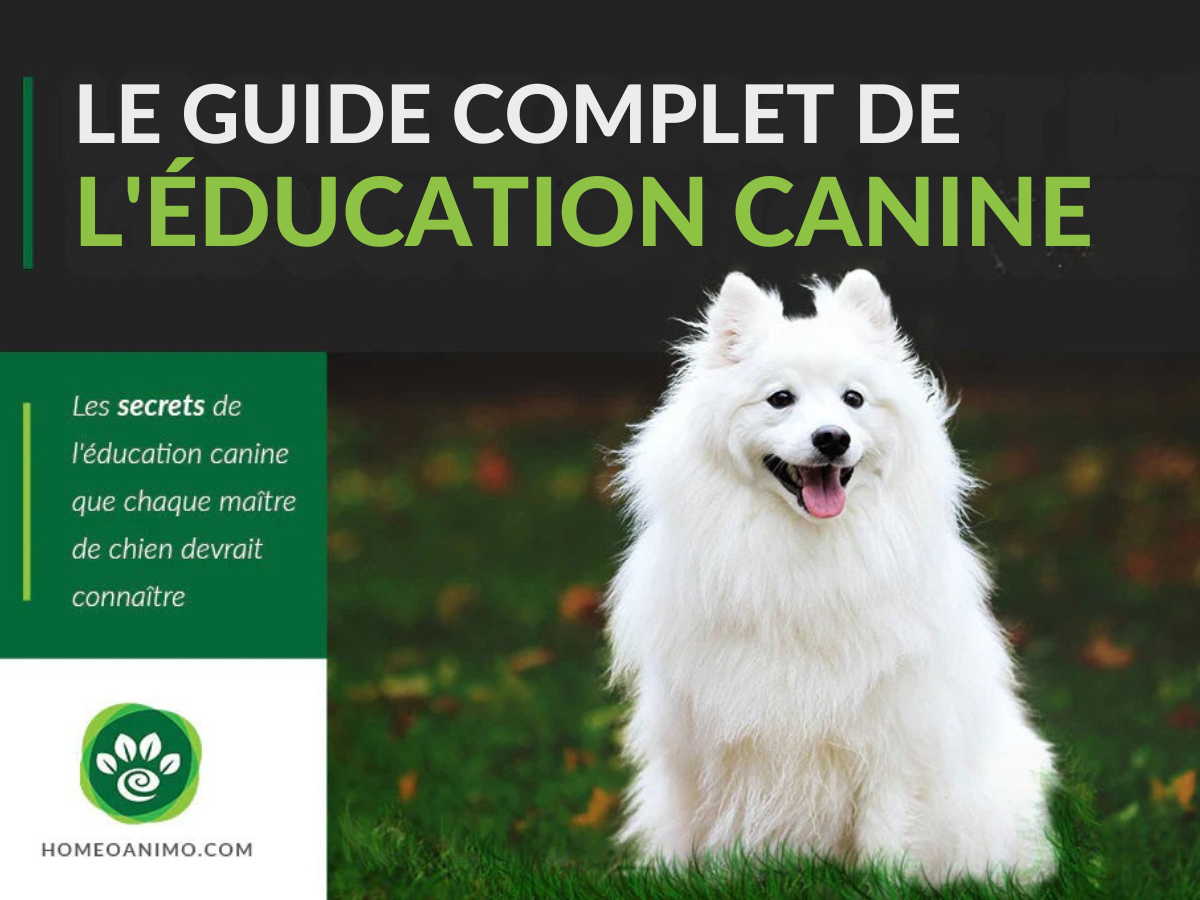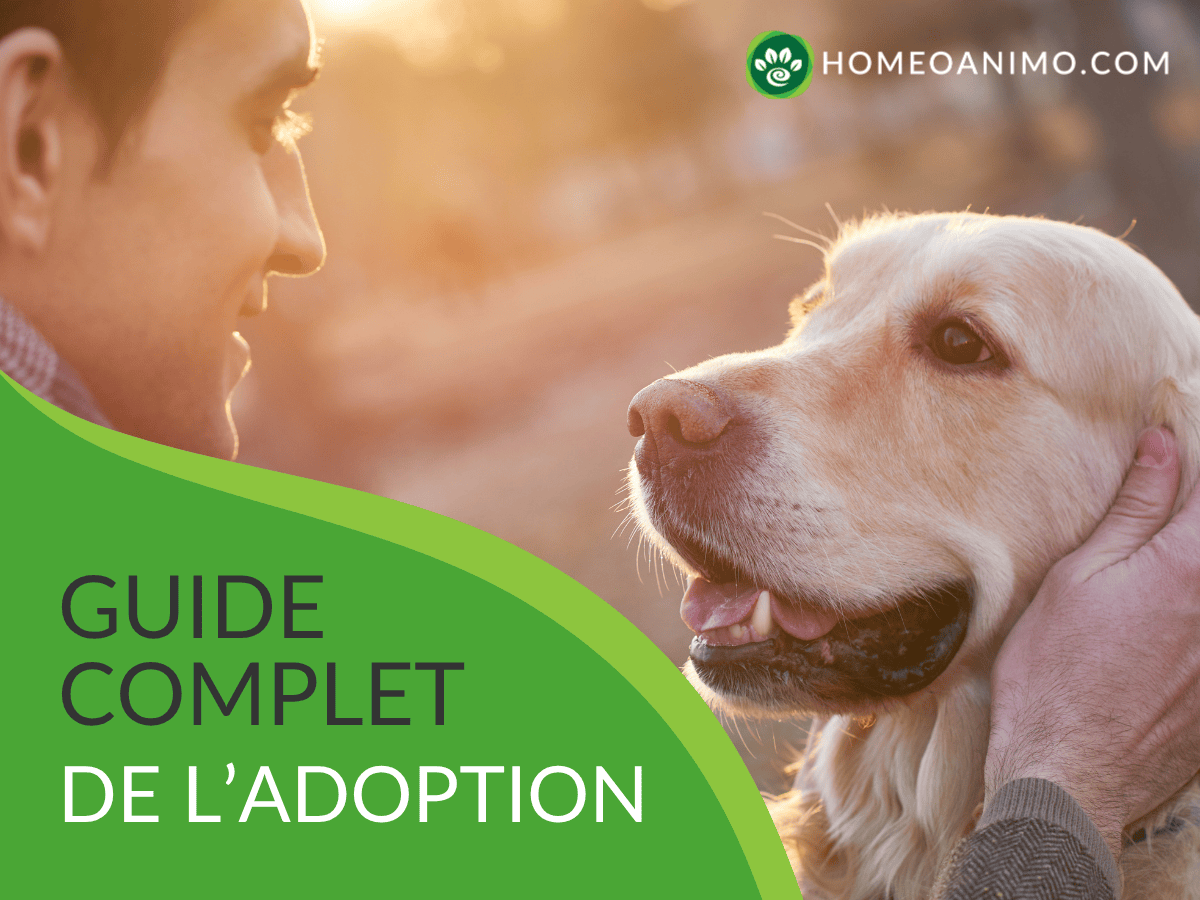
The Complete Guide to Dog Training: What are the secrets every owner should know?
Welcoming a dog into your life is a source of immense joy. However, a happy and well-adjusted dog is first and foremost a well-trained dog. Dog training isn't just about commands; it's a language, building trust and mutual respect between you and your companion. Whether you have an energetic puppy or an adult dog needing to go back to basics, this comprehensive guide from HomeoAnimo reveals the foundations, gentle methods, and "secrets" to a harmonious relationship.
From managing nipping to tension-free leash walking, and essential commands, prepare to become a calm, consistent, and inspiring owner for your dog.
Summary
- 1. The Foundations: Trust, Consistency, and Timing
- 2. The Gentle Method: Positive Reinforcement (The Absolute Secret)
- 3. Essential Commands Your Dog Should Know
- 4. Managing Common Puppy and Dog Problems
- 5. Routine and Socialization: Keys to Successful Integration
- Frequently Asked Questions (FAQ)
- Conclusion: A well-trained dog is a happy dog
- External Sources
1. The Foundations: Trust, Consistency, and Timing

Training begins long before the first command. It's based on how you interact with your dog every day. By establishing these three pillars, you'll become a reliable leader, not a tyrant.
Deciphering Canine Language: Reading Your Dog
To train effectively, you must first understand what your dog is trying to tell you. A dog's body language is full of signals. Knowing how to decipher them helps you prevent conflicts, reduce stress, and adapt your training at the right time.
- Calming signals: Yawning, lip licking (when food is unavailable), looking away. These are signs that the dog is stressed or trying to defuse a situation.
- Stress/fear posture: Tail low or tucked in, ears back, body hunched. If you train a dog in this state, the learning will be ineffective.
- Play posture: "Play bow" (front paws on the ground, rear in the air), tail wagging (not just the tail, but the whole body), bright and relaxed eyes.
Understanding these signals [1] is the key to two-way communication. If you would like to learn more, please feel free to consult our full article on Canine Body Language .
Consistency: The Golden Rule
If a behavior is forbidden one day, it must always be forbidden. If one family member allows the dog on the sofa and another punishes it, the dog will not understand and will be stressed. Consistency [2] reinforces learning and avoids confusion.
Timing: Rewarding at the Right Time
For your dog to associate a specific behavior with a reward, the gap between the action and the reward should not exceed 1 to 2 seconds. If you wait too long, he will be rewarded for the behavior he does *after* (scratching, looking away, etc.).
Separation Anxiety: Early Prevention
From the start, get your dog used to being alone. Avoid dramatic departures or returns. Begin with a few minutes alone, then gradually increase the time. The goal is for your absence to become a neutral and normal occurrence. Using a natural remedy can help soothe your pet during this learning phase.
2. The Gentle Method: Positive Reinforcement (The Absolute Secret)

Positive reinforcement involves immediately rewarding desired behavior. It's the most effective, respectful, and strongest method for strengthening your bond.
How does it work?
Every time your dog does what you want (sits without being asked, comes when called, urinates outside), you praise or reward him. He will quickly learn to repeat this behavior to get the reward.
- Rewards: These can be treats, games, petting, or even just a "Yes! Good!". Vary them!
- The Clicker: This is a very effective tool. The precise and consistent sound of the clicker signals the **exact** behavior that is rewarded, just before you give the treat. It's an excellent way to perfect timing.
The Drawbacks of Punishments
Physical punishment or yelling is ineffective and dangerous. It teaches the dog to fear you, but not how to behave. A punished dog may associate the punishment with your presence or the place, not with the action itself. Positive reinforcement is recommended [3] by major animal welfare organizations.
3. Essential Commands Your Dog Should Know
These controls are the basis of safety and control in all situations.
| Order | Objective | Quick Tip |
|---|---|---|
| Seated | Calm, self-control, asking for permission. | Hold the treat above his head and bring it towards his back so he sits naturally. Say "Sit" and reward him. |
| Down | Deep calm, remaining still for a long period of time (waiting in a restaurant, at home). | From the "Sit" position, bring the treat to the ground, between its paws, gently pulling it forward. |
| Come (Recall) | Safety, emergency reminder. | Start in a safe, distraction-free environment. Always use a cheerful voice and reward him generously when he comes. Never punish him for not being able to come when called, even if he is late. |
| Leave it | Protection against dangerous objects (food on the floor, litter). | Place an unappealing treat under your foot. When he stops trying to touch it, say "Leave it" and give him a better treat from your other hand. |
HomeoAnimo tip: Practice each command in increasingly distracting environments. Training isn't complete until the dog responds in a noisy park, for example.
4. Managing Common Puppy and Dog Problems
Cleanliness: Consistency and Monitoring
House training is achieved through routine. Take your puppy outside after every morning, after meals, and after playtime. Reward him generously [4] whenever he relieves himself outside. If he has an accident inside, say nothing and clean it up without him seeing you to avoid reinforcing the behavior.
Puppy Nibbles
Puppies explore with their mouths. The key is bite inhibition. When the puppy bites you too hard, make a sharp yelp ("Ouch!"), remove your hand, and immediately stop playing for 30 seconds. It will learn that playtime ends when it hurts. Always offer a chew toy as a substitute.
Walking on a Leash (without pulling)
The dog pulls because it's being rewarded (it moves forward!). To correct this, as soon as it pulls on the leash, stop immediately. Wait until the leash slackens or the dog turns to look at you, then resume walking. This is the opposite of reinforcement: stopping is the (non-violent) "punishment," and walking calmly is the reward. This process requires patience [5] , but is very effective.
5. Routine and Socialization: Keys to Successful Integration
The Importance of Routine
Dogs are creatures of habit. Fixed times for meals, walks, and playtime reduce anxiety and make house training easier. A dog that knows what to expect is a calmer dog.
Effective Socialization
Socialization isn't just about "meeting other dogs." It's about exposure to a variety of environments, noises, people, and situations (bikes, buses, different surfaces). This phase, ideally between 3 and 16 weeks of age, should be positive and stress-free. A well-socialized dog is a dog that handles its environment well.
Frequently Asked Questions (FAQ)
Q1: My dog only listens to me if I have a treat. What should I do?
A: That's normal! You're in the acquisition phase. The next step is the generalization phase, where you gradually reduce the rewards: reward every other time, then every fourth time, then randomly. Frequently replace the treat with a social reward (petting, play, enthusiastic praise). The dog will work for the hope of getting a reward.
Q2: Is it too late to train my adult dog?
A: Never! A dog's brain can learn at any age. You may need to unlearn some old habits, but positive reinforcement works with any dog, regardless of age. Be patient and consistent.
Q3: My dog jumps on people. How can I stop this behavior?
A: The dog jumps to get attention (even negative attention). The key is to ignore it. When your dog jumps, turn your back on him without speaking or touching him. As soon as he puts all four paws on the ground (even for a second), turn around and reward him immediately. He learns that staying calm pays off, and that jumping doesn't work. Ask your guests to do the same.
Conclusion: A well-trained dog is a happy dog
Dog training is an ongoing journey, not a destination. The "secrets" are simple: be fair, clear, generous with rewards, and above all, work on your own composure. A confident and consistent owner creates a well-balanced dog in all circumstances.
If you're concerned that your dog's behavior or anxiety might be related to a health issue or nutritional deficiency, our Free Pet Health Consultation can help. In addition to receiving advice and recommendations from our Natural Health Consultants, they'll also guide you through the products and treatment options best suited to your pet's health needs.
External Sources
- My Dog Society. 8 rules to follow in dog training.
- Veterinary Partner. Tips for Training Your Dog.
- SantéVet. Dog training: the rules you need to know.
- RSPCA. Toilet training your dog.
- American Kennel Club (AKC). How to Teach a Puppy to Walk on a Leash.
























Leave a comment
This site is protected by hCaptcha and the hCaptcha Privacy Policy and Terms of Service apply.